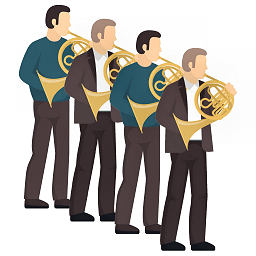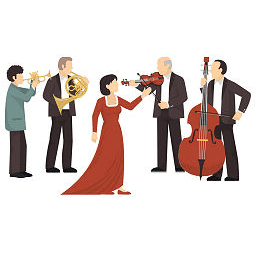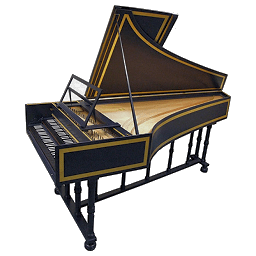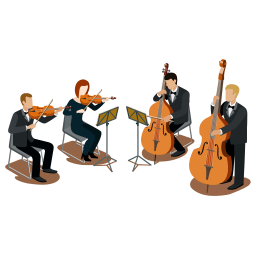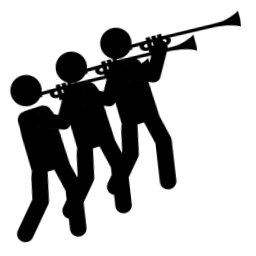An Anthem is a religious choral composition with an English text. The anthem was first developed in the mid 16th century and played an important role in the Anglican and Protestant church. Early anthems mostly consisted of four-part pieces..
Aria is the Italian word for "air." In musical circles, an aria is a melodic vocal solo. The soloist portrays the feelings or mood of the characters in an opera or oratorio, thereby expressing the emotions of the characters in the story. The aria offers the singer the...
Ballet has been entertaining audiences for over 400 years, since the 17th century though other forms of theatrical dancing date back as far as ancient Greece. French composers Jean-Baptiste Lully and Jean-Phillippe Rameau are given credit for incorporating..
In similarity to its cousin the fugue, the Canon is a form of musical counterpoint. Where the fugue has voices which follow the melody returning to it, the canon has overlapping voices of repetition or imitation. The simplest type of canon is a...
A Cantata is a form of vocal music, usually with instrumental accompaniment, similar in sound to a diminished oratorio. Cantatas can be secular or sacred. Sacred cantatas played a central role in the Lutheran church.
The chorale is a German-Protestant hymn. In efforts to coerce the congregation into more participation, musician, composer, and religious reformer Martin Luther wrote the first known chorales in the early 16th century.
Concerto comes from the Latin word 'concertare' which can mean both opposing or in accord. This tells us that the concerto carries a primary principle of orchestral parts working together or in dispute with one another. Emerging from...
Divertimento originates from the Italian word for "diversion." It was a light versatile composition primary used for entertaining special guests or visiting dignitaries. The divertimento might be written in three, five, or up to...
A Fanfare is a flourish of trumpets or other brass instruments often with percussion accompaniment. It is a kind of announcement or introduction to an important event or ceremony of significance such as the King's entrance or other dignitary..
The art of the film score took off in the 1930s with the rise of the 'talkies' in Europe and the United States. At that time many eminent composers fled fascism and found work in Hollywood. The composers were well educated in Classical..
Basic counterpoint is used in just about any style of music. It may be as simple as the bass line answering the melody or a second and harmonizing instrumental part. The fugue however, is a full scale utilization of strict and concise counterpoint...
Hymns are most always written in a religious context. The definition of the hymn is 'a song of religious context used for worship or praise of a deity or even a prayer.' The word hymn originates with the Greek ὕμνος or "hymnos", which literally means "a song of praise."





